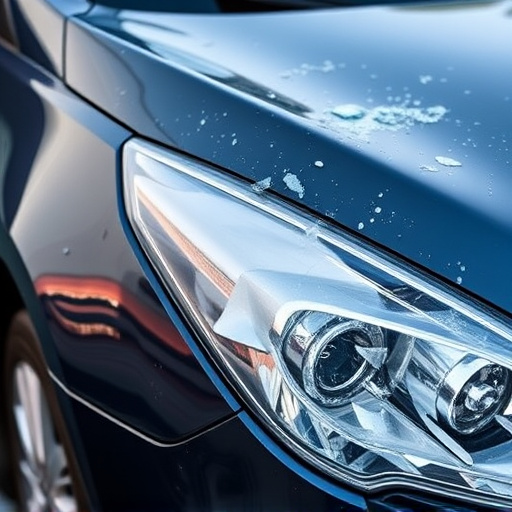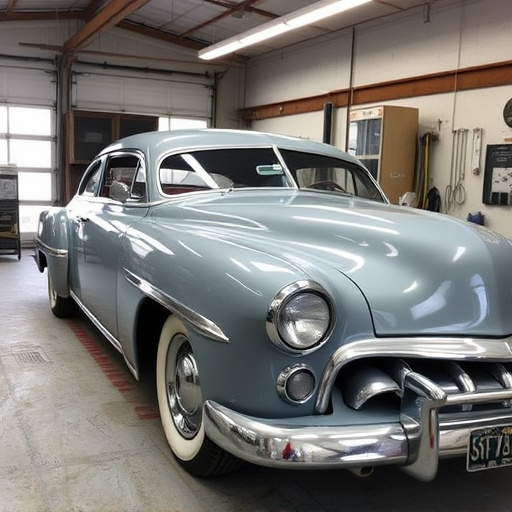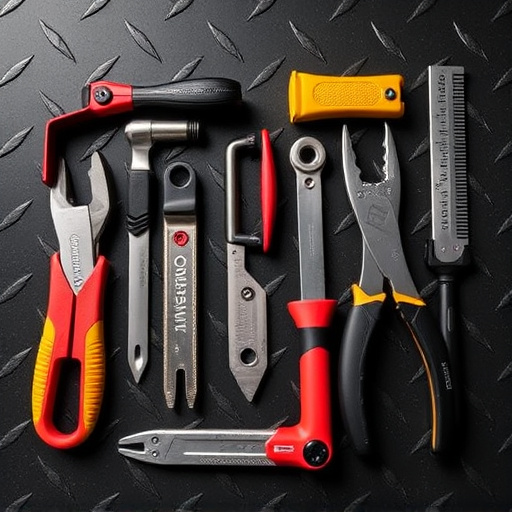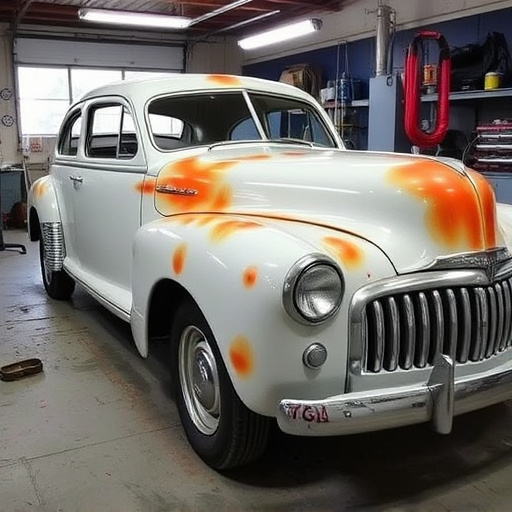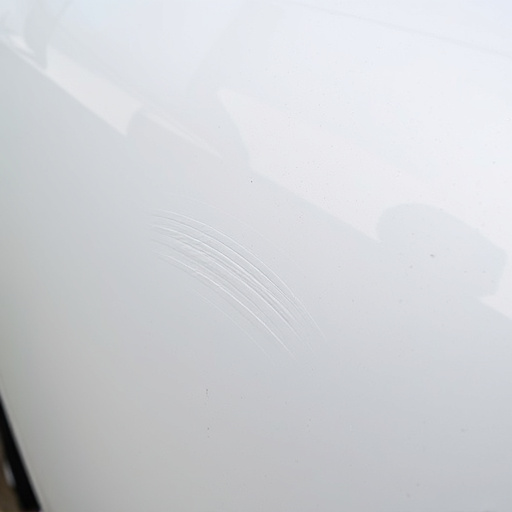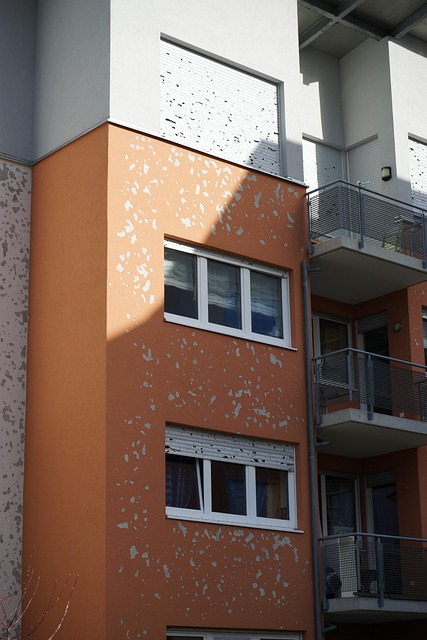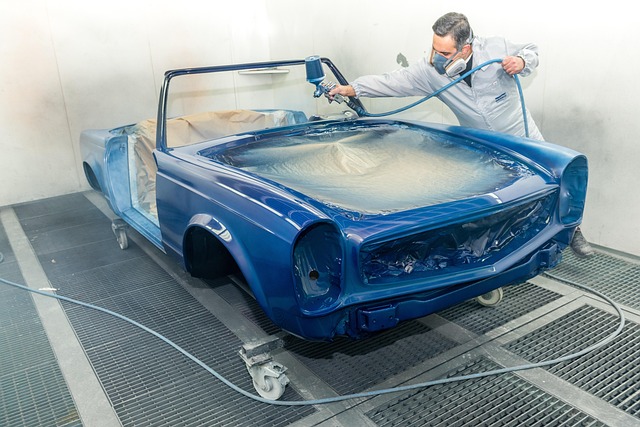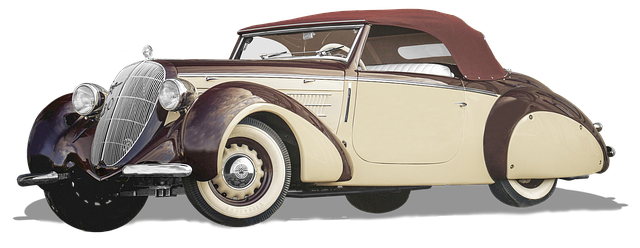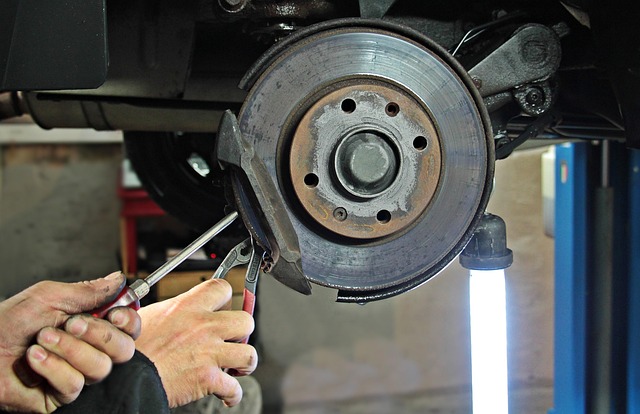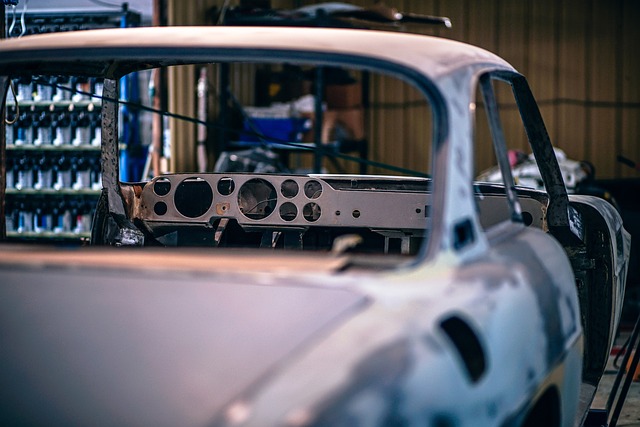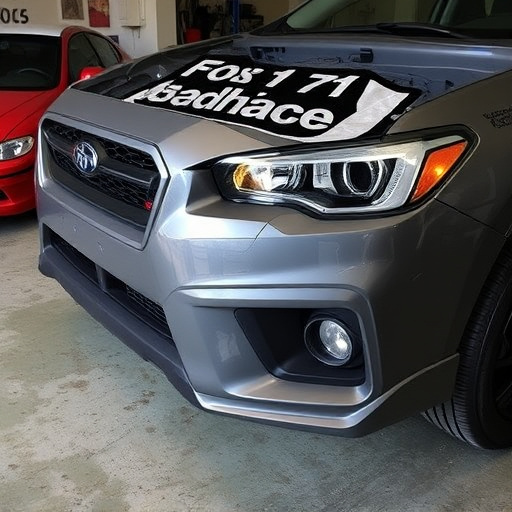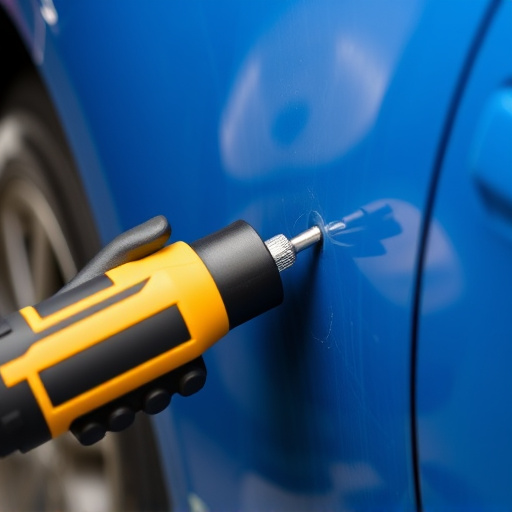Clear coat repair requires thorough surface preparation to ensure flawless results. Steps include removing debris, dirt, and grease with solvents or degreasers, treating rust, gentle sanding for texture, wiping down after sanding, and using specialized tools like sandpaper, brushes, rollers, and spray guns for even application. This meticulous process creates a seamless base for maximum bond strength between the new clear coat and underlying layers, achieving accurate replication of vehicle specifications.
“Professionals employ meticulous techniques to ensure smooth and flawless clear coat repairs, delivering top-notch finishes that endure. This comprehensive guide explores the art of clear coat restoration, from surface preparation to final curing. Learn how experts utilize specialized tools, precise application methods, and optimal curing conditions to achieve perfect results. Discover essential steps, including surface cleaning, product selection, and layering techniques, for successful clear coat repair and long-lasting protection.”
- Preparing the Surface for Clear Coat Repair
- – Understanding surface preparation techniques
- – Essential tools and materials for a smooth base
Preparing the Surface for Clear Coat Repair
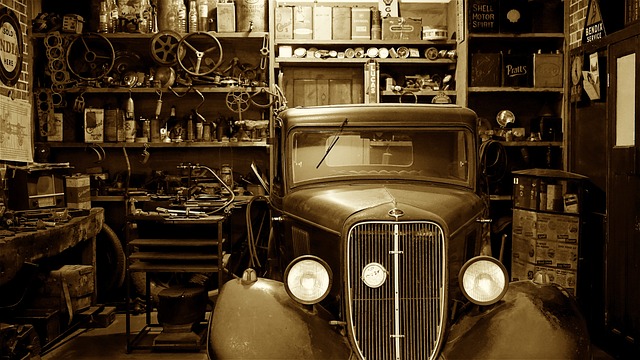
Before attempting any clear coat repair, preparing the surface is paramount to achieving a seamless finish. This meticulous process involves thoroughly cleaning and inspecting the damaged area. The first step is to remove all debris, dirt, and grease using specialized solvents or degreasers, ensuring the metal is free from contaminants. Once clean, any existing rust or corrosion must be treated and addressed to prevent further issues. Sanding down the surface gently helps create a rough texture that promotes better adhesion for the new clear coat.
Professionals often utilize fine-grit sandpaper to achieve this, carefully avoiding over-sanding which could damage the surrounding unharmed areas. After sanding, it’s crucial to wipe down the surface again to eliminate any remaining dust particles. This meticulous preparation is key in automotive collision repair, ensuring that dent removal and car dent repair processes subsequent to clear coat application yield optimal results.
– Understanding surface preparation techniques
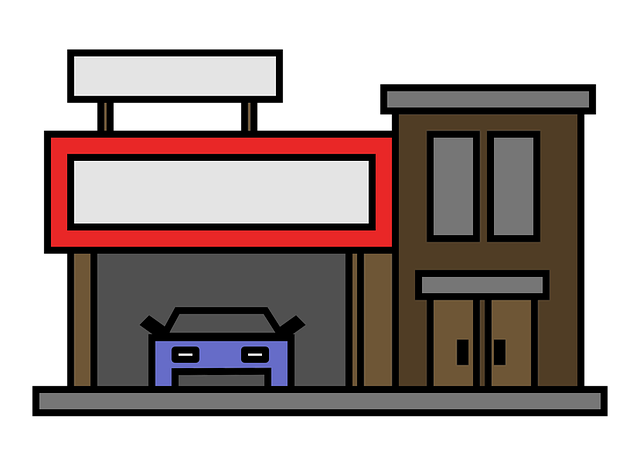
Proper surface preparation is the cornerstone of achieving a flawless clear coat repair finish at any vehicle body shop or collision repair center. It involves meticulous cleaning and decontaminating the damaged area to remove any grease, dirt, or debris that could interfere with adhesion. This process includes using specialized solvents, sandblasting, or chemical strippers to prepare the metal surface, ensuring it’s smooth and ready for the next steps.
Professional auto body shops employ various techniques tailored to different materials and paint systems. For instance, they might use mechanical methods like sanding or power washing, followed by a thorough wipe-down with clean, absorbent cloths to eliminate any residue. The goal is to create a clean, dry surface that allows for maximum bond strength between the new clear coat and the underlying layers, ensuring long-lasting results.
– Essential tools and materials for a smooth base
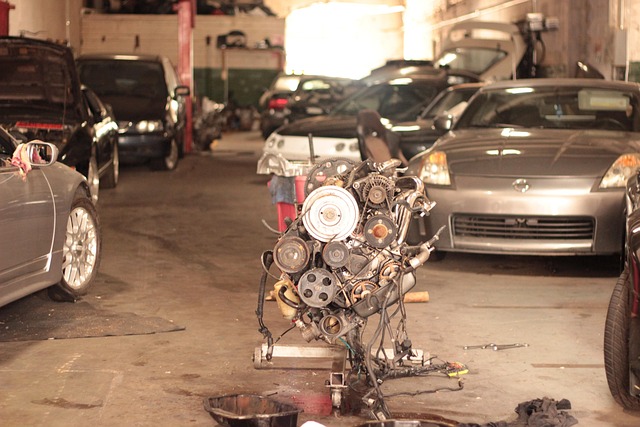
A smooth base is crucial for achieving a flawless clear coat repair finish. Professionals rely on a meticulous preparation process and an arsenal of essential tools to ensure the best results in any auto body work. This includes using specialized primers, which act as a bonding agent, bridging the gap between the damaged area and the new clear coat. Fine-grit sandpaper is another vital tool for smoothing out imperfections and creating a uniform surface, enabling the clear coat to adhere evenly.
Additionally, car body shops and vehicle body shops stock high-quality brushes, rollers, and spray guns designed for precise application. These tools are instrumental in achieving consistent coverage and minimizing overspray, resulting in a professional finish that matches the vehicle’s original specifications. The right combination of these essential materials and expert technique sets the stage for a successful clear coat repair job.
Professionals employ meticulous surface preparation techniques and utilize specialized tools and materials to ensure a seamless clear coat repair finish. By carefully addressing each step, from understanding surface imperfections to achieving a smooth base, they guarantee that the final result matches the original paint job in both aesthetics and durability, ensuring customer satisfaction.
